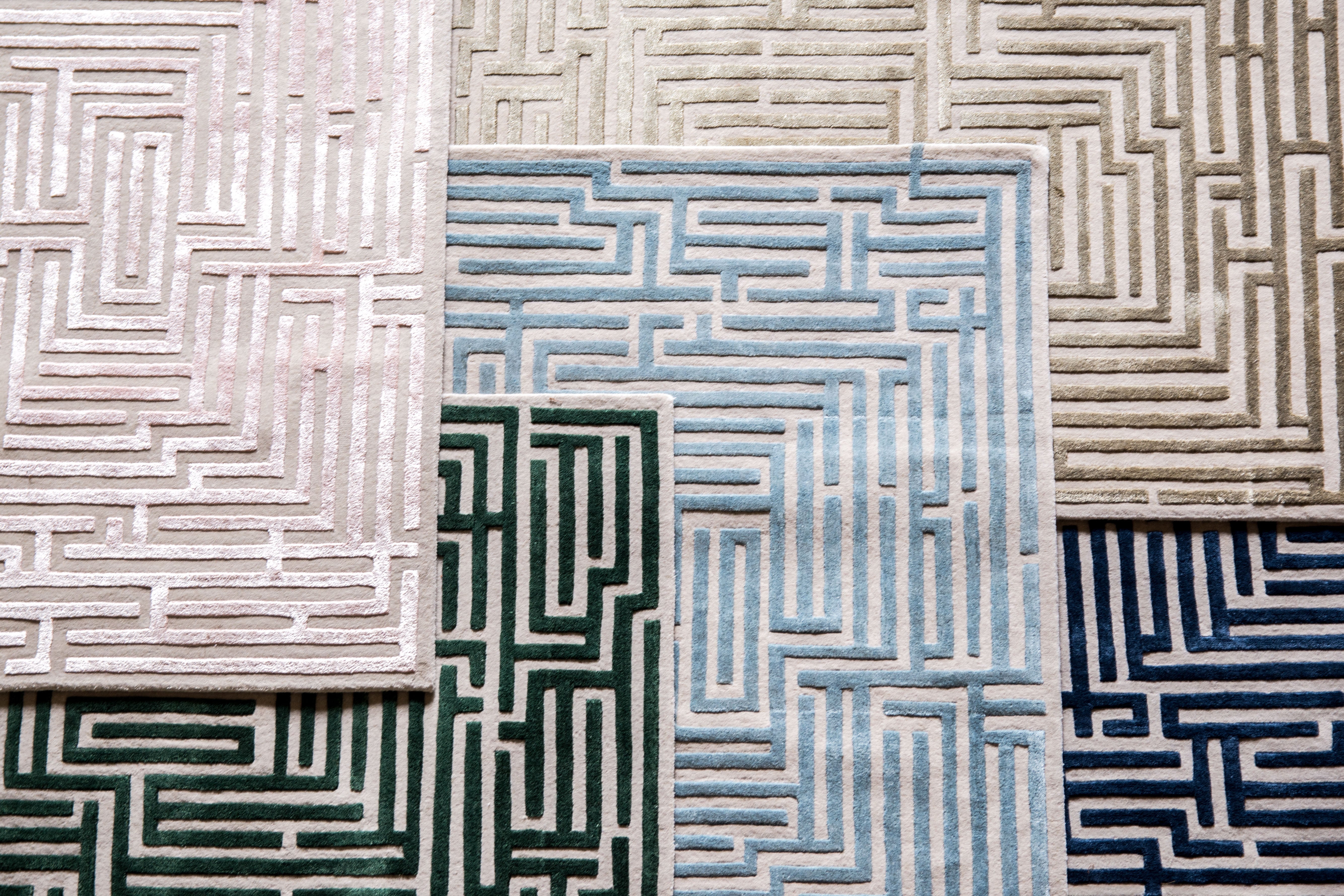Maximising Bedroom Hygiene: A Guide to Bedding Care and Maintenance

A clean and hygienic bedroom is super important for promoting overall health and well-being, with our bedding playing a vital role in maintaining proper hygiene in this space. As we spend a significant portion of our lives asleep, ensuring that our bedding is clean and well-maintained is a must so you can feel more comfortable and drift off much easier. In this guide, we will delve into the importance of bedding care and maintenance, providing tips and insights to help you maximise bedroom hygiene for better sleep and health.
Understanding the Basics of Bedding Hygiene
Bedding hygiene encompasses a range of practices aimed at keeping your sheets, pillowcases, duvet covers, and blankets clean and free from allergens, dust mites, and bacteria. Regular washing and proper care of your bedding are key components of maintaining a hygienic sleep environment that supports restful and rejuvenating sleep. But why is this? Clean bedding and cleanliness in general, is heavily connected to our health – particularly related to skin and respiratory conditions. If our bedding is clean we’ll breathe easier at night, and we’re less likely to experience sore or itchy skin.
Bedding is very good at accumulating dust, allergens, bacteria, microorganisms and more – as well as crumbs, hair, dead skin cells and things like blood, sweat or snot. As we spend so much time in bed, whether it’s sleeping, reading, snacking or just chilling out, it’s no wonder that our bedding is a magnet for all sorts of germs! This is why it’s important to practise good bedroom hygiene.
The Ideal Frequency for Changing Your Sheets
One of the fundamental aspects of bedding care is knowing how often to change your sheets! There is a lot of mixed information when it comes to this, but experts generally recommend changing your sheets at least once a week to prevent the buildup of sweat, oils, dead skin cells, and dust mites. However, factors such as personal hygiene, allergies, and climate may influence the frequency of sheet changes for optimal hygiene.
If you live in a hot climate or find yourself to be a particularly sweaty sleeper, you might want to clean your bedding more often – but if you shower before bed each night and never have a midnight snack, you actually might feel like you can get away with washing your sheets less. Further to this, if you suffer from a skin condition like eczema you may also want to decrease the frequency with which you wash your bedding, especially if you find you’re sensitive to washing detergent. This recent article from Panda London suggests that at least once a fortnight is optimal!
Selecting the Right Bedding Materials
Choosing the right bedding materials can impact both comfort and hygiene. Opt for hypoallergenic and breathable fabrics like bamboo or cotton, which are naturally resistant to allergens and promote airflow. They tend to be softer on the skin and much more comfortable, too! Avoid synthetic materials that trap heat and moisture, creating an environment conducive to bacterial growth. These synthetic fabrics are more prone to staining, too. While natural materials like bamboo might need some more specific cleaning (lower temperatures, no tumble drying and so on), they’re much more durable and long-lasting!
Proper Washing and Drying Techniques
To maintain bedding hygiene, it is essential to follow proper washing and drying techniques. Always check the manufacturer’s instructions; you need to ensure you’re doing what the label says to ensure you don’t damage your sheets. Use a mild detergent and wash bedding in hot enough water to kill bacteria and dust mites effectively without it being too hot for the type of material you have. Ensure thorough rinsing to remove detergent residue, and dry bedding completely to prevent mould and mildew formation. You might want to flip the bedding over as it dries, making sure every inch of it is properly dry – and if you hang it outside, it’ll smell beautifully fresh when you get in bed.
Caring for Different Types of Bedding
Different types of bedding require specific care methods for optimal hygiene. Pillows themselves should be washed every 3-6 months – but again, be sure to follow exactly what the manufacturer suggests. Memory foam cannot wet, for example, and other pillow types might need to be dry-cleaned. Duvets can typically be machine washed, and you should do so every few months or at least twice a year. Add a mattress protector to your bed, and this will ensure your mattress itself won’t need frequent washing; protectors can usually be machine washed too, around once a month is best.
Addressing Common Bedding Maintenance Challenges
Common bedding maintenance challenges such as stains, odours, and wear and tear can be addressed with targeted cleaning solutions. Treat stains promptly with a stain remover, freshen up bedding with baking soda or essential oils, and mend minor tears or loose seams to prolong the lifespan of your bedding. If your bedding has shrunk in the wash or while drying, try soaking it in a bucket with some water water and fabric conditioner! When not in use, store seasonal bedding somewhere dry and airy to reduce the likelihood of mould or mildew. This will keep them much more hygienic in the long run.
Innovations in Bedding for Easier Maintenance
Advancements in bedding technology have introduced innovative solutions for easier maintenance – this means we can all enjoy a safer and cleaner sleep. Antimicrobial treatments, stain-resistant fabrics, and moisture-wicking materials are among the innovations designed to simplify bedding care and enhance hygiene. Consider incorporating these innovative options for added convenience and cleanliness – they stay cleaner for longer, making them more hygienic and meaning you can cut down on the laundry. These often eco-friendly and hypoallergenic options are great for those with sensitive skin, too!
The Role of Mattress Care in Bedroom Hygiene
In addition to bedding, mattress care is a critical aspect of maintaining bedroom hygiene. Use a mattress protector to shield your mattress from spills and allergens, rotate and flip your mattress regularly (every 6-12 months) to prevent uneven wear, and vacuum your mattress to remove dust and debris. These practices contribute to a cleaner and healthier sleep surface. You can also sprinkle your mattress with baking soda if need be, to neutralise any smells or odours. This way your mattress will help keep your space hygienic, safe and comfortable.
Maximising Your Bedroom Hygiene
To wrap things up, bedding care and maintenance play a vital role in maximising bedroom hygiene and promoting healthy sleep habits. By understanding the basics of bedding hygiene, and following recommended cleaning practices, as well as opting for antimicrobial and durable fabrics, you can create a clean and hygienic sleep environment that supports your overall well-being. Set yourself a cleaning schedule, so you know exactly when bedding needs washing and swapping out, and pop reminders in your phone to flip the mattress or replace your pillows! Prioritise your bedding care to enjoy the benefits of a clean and inviting sleep space, allowing for restful nights and refreshed mornings.









